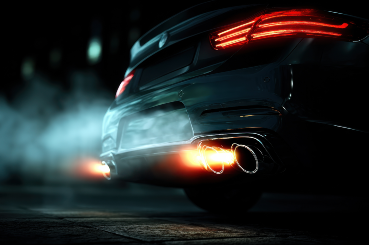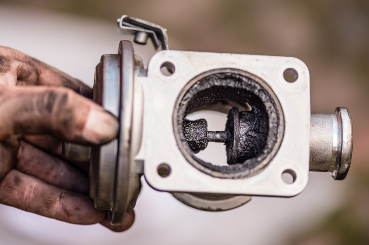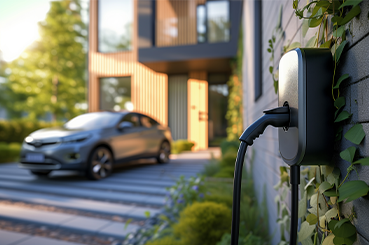The alternator is a relatively simple component, yet it plays a key role in the electrical systems of conventionally fuelled cars. When the alternator starts to fail, it can create a domino effect of different electrical problems which can eventually result in expensive repairs or even a breakdown.
Like many other parts on a car, the alternator is susceptible to wear and tear. The rotor, brushes and other internal parts won’t last forever, and eventually, the alternator will need repairing or replacing, which is why it is a good idea to be aware of the symptoms of alternator failure.
What does an alternator do?
The alternator converts energy from the crankshaft into useful electricity which can then power your vehicles electrical systems and also help the car battery to recharge.
The alternator consists of a spool of copper, known as a coil, and magnets, known as brushes. The brushes rotate on an axle and brush against the coil which generates an electrical charge.

In most cases, a defective or failing alternator produces a number of symptoms before it fails completely. Once you are aware of these common bad alternator symptoms, you will be able to spot the problem earlier and seek help sooner which could reduce the need for costly repairs.
Signs of a bad alternator
Symptom #1 – Warning Indicator Light on Dashboard
Most vehicles are equipped with a warning indicator light on the dashboard labelled either ‘ALT’ or ‘GEN’ or an icon in the shape of a battery. When it lights up, it is often the first indication of alternator issues.
This warning light is linked to computer systems within the car which can monitor the voltage output of the alternator. If the alternator output falls above or below a pre-set limit, then the dash light is triggered and will come on. However, if the alternator output returns to normal range the dash warning light will go out.
Often in the first stages of alternator problems, the dash warning light may flicker. That is because the voltage output may change rapidly. You may also find that the light comes on when you use more power. For example, if you are driving at night with your headlights on and start to feel cold so flick your heated seats on, the car suddenly needs more power. If the alternator is faulty, it may not be able to keep up resulting in a drop of voltage output and the warning dash light coming on.
When your ‘ALT’, ‘GEN’ or battery shaped warning light comes on, you should not ignore it, even if it does just flicker on. Ignoring this light could result in expensive repairs or even a breakdown. Which is why you should take your car to a garage as soon as possible so that they can diagnose the problem. In the early stages of alternator failure, this may be a simple fix, so it is always best to act when the warning light comes on.
Symptom #2 – Dim/Flickering Headlights
Dim or flickering headlights may also indicate alternator failure. You may find the lights brighten as RPMs pick up, but dim as RPMs falls. This is a sure sign that the alternator is not managing to generate enough power to keep up with the cars electrical needs.
This symptom is usually dependent on numerous factors including how well the alternator is producing power, how close it is to complete failure and how your car is programmed. This last one is particularly important as most modern cars are pre-programmed to prioritise where electricity is sent in the event of alternator problems.
This is usually based on safety considerations meaning things like the radio or heated seats will stop working before the headlights start to dim or fade. While this is a good safety feature, it does mean that if you have a modern car and the headlights are fading your alternator may already be beyond repair.
You may be thinking what if my lights are just faulty and it’s a fair point. However, there are a number of ways to try and narrow it down to your alternator. For example, as already touched upon in symptom #1 you may find the problem only occurs when you draw on more electrical power, i.e. have your headlights on at the same time as your radio and heated seats and that turning off one of the other electrical draws off will solve the problem.
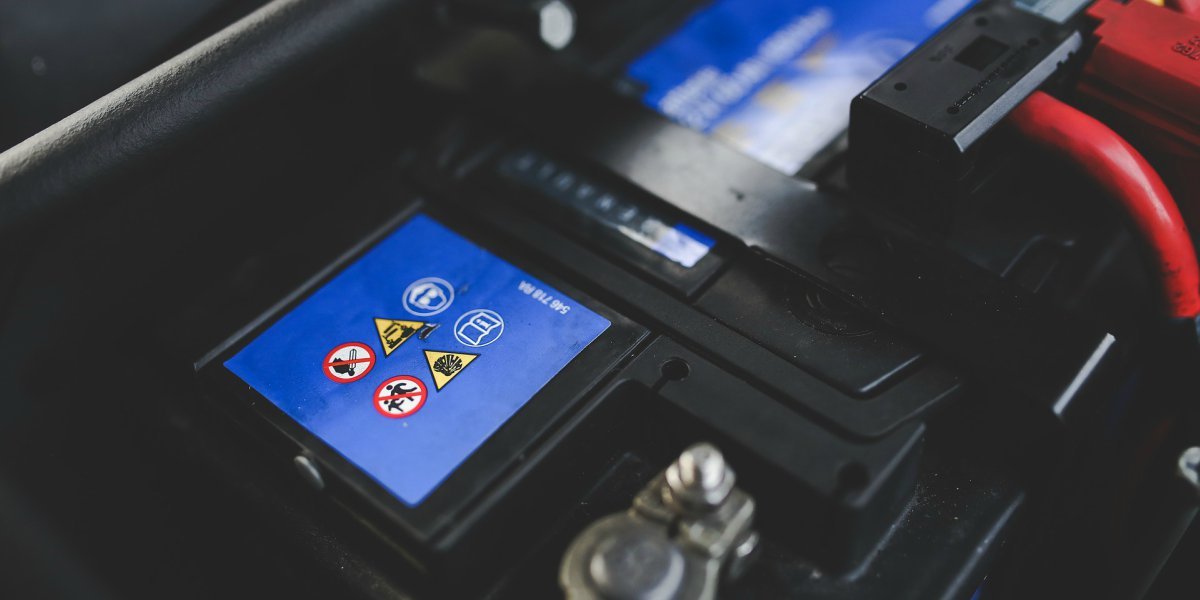
Symptom #3 – Dead Battery
Many car owners will have experienced that sinking feeling when you put the key in the ignition and turn it, but you hear nothing but the tell-tale clocking of the relays ticking over – a sure sign of a dead battery. Having a dead battery can be a sign of a failing or failed alternator, however, this is not always the case.
When the alternator is failing, it cannot provide the car with enough electrical energy, and as a result, the battery starts to make up some of the slack. However, car batteries are designed to provide the starter motor with a surge of power to get things going and are not ideal for long term use which quickly drains the battery. In addition, when the alternator is not working it doesn’t provide any regenerative charge to the car battery which can also cause the battery to drain.
If you do have a dead battery, it is a good idea to have the alternator checked when you get the battery replaced, to ensure the problems aren’t linked. Sometimes it is possible to check the battery gauge on the dash to assess the state of the battery. If it is still sending out a strong charge, then the battery is unlikely to be the problem.
You can also do a quick check to diagnose whether it is your battery or alternator that is the problem. Just jump start the car but remove the jump cables as soon as possible. If the alternator is failing the car will soon die again. Whereas, if the car continues to run, then it probably is the battery. Although, you should use caution with this method as a dying battery will only receive a charge for so long before it is totally dead.
Symptom #4 – Strange Sounds
Strange sounds can be indicative of numerous car problems, and it can often be hard to determine where the sound is coming from. However, if you hear strange sounds and have any of the other bad alternator symptoms mentioned it strongly indicates alternator failure.
Grinding sounds are often the result of a worn-out, broken or dirty bearing. While whining sounds are usually caused when the voltage regulator sends signals to the alternator to charge more than is necessary.
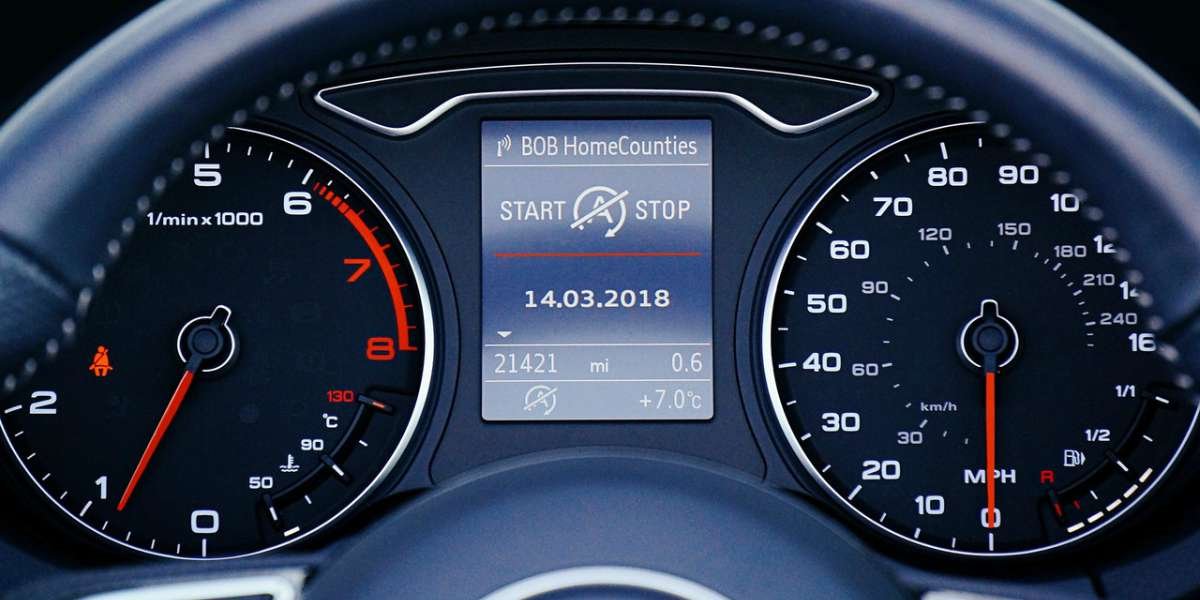
Symptom #5 – Strange Smells
Another sensory sign of an alternator system failure is a strange smell from under your bonnet. There are a few different smells you may notice, but all are caused because the alternator is working too hard and is on the brink of overheating.
If you smell a hot wire or electrical fire smell, it is usually a result of an overheated alternator. However, if you smell burnt rubber, then it indicates the rubber belt which keeps the alternator going may not be turning freely, causing excess friction. This friction can cause the belt to heat up, producing the distinctive burning rubber smell.
Symptom #6 – Slow Electrical Accessories
As discussed in Symptom #2, if you’re experiencing alternator problems, the accessories which rely on electricity can often fail. So if you find that your electric windows are operating slowly, your radio is operating erratically or your heated seats aren’t working, it could be indicative of alternator failure.
As previously mentioned, it is often possible to notice a pattern with this failure of equipment, with certain systems only not working when you switch them on in conjunction with other systems which draw on electrical power.
Symptom #7 – Regular Stalling/Difficulty Starting
Sometimes when the alternator is failing people will notice that the car is struggling to start or stalls frequently. This is because when the alternator does not charge the battery properly, then the battery doesn’t have enough power to smoothly start the car. While frequent stalling can be a result of the spark plugs not getting enough power from the alternator to keep the engine going.
In both cases, the car battery is not yet dead but will be well on its way.
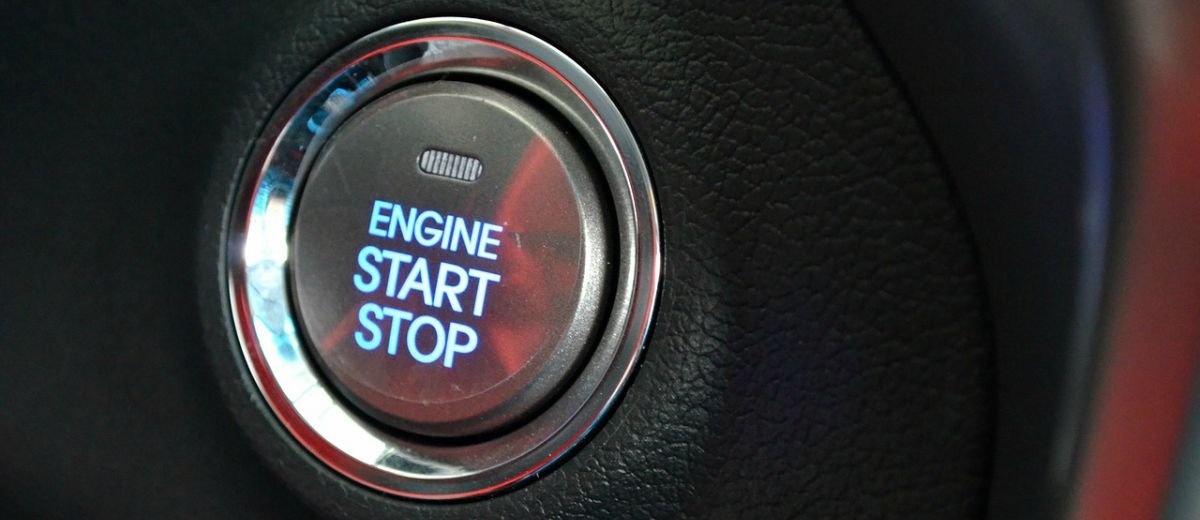
As mentioned, the alternator is made up of different parts, so if you notice that it is failing fairly early on it may result in an inexpensive replacement of one of these parts. However, if you ignore these symptoms, you may find you end up with much more costly repairs and could need to replace additional parts like your battery or electrical components. Therefore it is advisable to visit a garage to get your car checked over if you notice any of the bad alternator symptoms we’ve listed.





